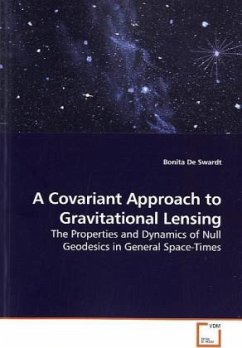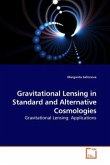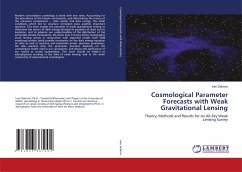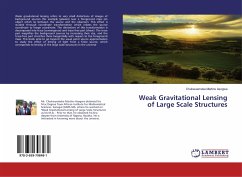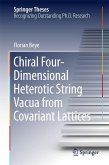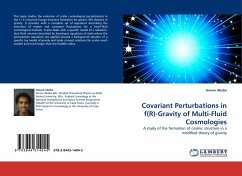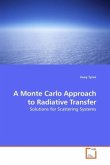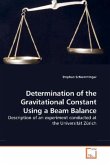Null geodesics describe the path that light rays follow in space-time. A better understanding of their properties in any given space-time is therefore crucial in interpreting the information they convey to an observer. The main focus of this book is to study the properties of null geodesics in general relativistic models. The book is essentially divided into two parts. In the first part, the (1+3)-covariant formalism is introduced, which will be used to study null geodesics and their applications to gravitational lensing. A general form of the null geodesic deviation equation is derived. The significance of this equation lies in the fact that it can be used in any given space-time. Various applications of this equation are studied, including its role in determining area-distance relations in the Friedmann-Lemaitre-Robertson-Walker cosmological model. The null geodesic deviation equation is also used to derive a covariant form of the angle of deflection, showing its versatile applications in gravitational lensing theory. The second part of the book involves applying the (1+1+2)-covariant approach to gravitational lensing in spherically symmetric space-times.
